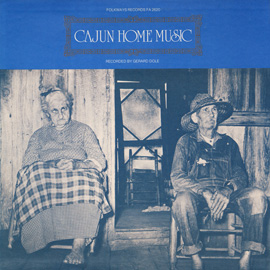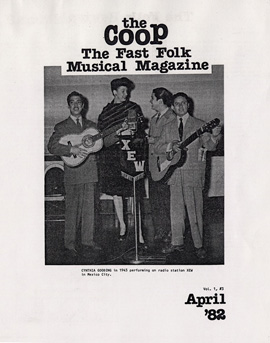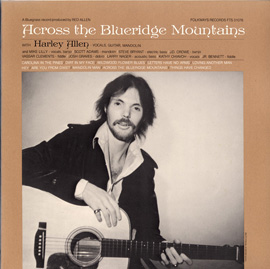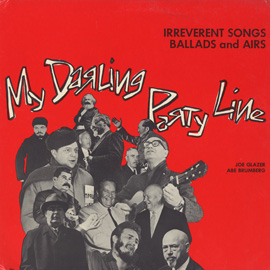Summary
Learn about the Gullah culture in the United States. Utilize polyrhythms and call-and-response, critical listening and language skills, musical play, vocal improvisation, and the 12-bar-blues. Discover the rich traditions of the Gullah culture that have helped to shape our American musical culture today. This is meant for use in a wide range of classrooms and grade levels.
Suggested Grade Levels: K-2, 3-5, 6-8, 9-12
Country: United States
Region: North America
Culture Group: Gullah, Geechee
Genre: Children’s
Instruments: Voice, Assorted
Language: Gullah
Co-Curricular Areas: Social Studies
National Standards: 1, 2, 3, 4, 6, 9
Prerequisites:
- For Lesson Segment 1: the ability to sing and clap independent parts
- For Lesson Segment 4: a basic knowledge of music theory and chords (I, IV, V)
Objectives:
- Clap two separate, interlocking parts in groups
- Sing in parts, both call and response
- Understand the history of the song text in relation to American history
- Compare English and Gullah words
- Listen to recordings and hear the differences between English and Gullah dialects
- Sing, listen, and analyze all three verses of “Johnny Cuckoo” independently and participate in a ring game
- Play a 12-bar blues pattern
- Sing along with a 12-bar blues pattern
- Sing an improvised blues melody
- Listen for changes in the melody and harmonic structure
Material:
- “Knee Bone,” sung by Joe Armstrong & Group, from The Alan Lomax Collection, Southern Journey - Vol. 13, Earliest Times
- “Knee Bone” sheet music, arr. Megan Perdue, (see attached)
- “That’s All Right” performed by Laura Rivers from Been in the Storm So Long: A Collection of Spirituals, Folk Tales and Children’s Games from John’s Island, SC (SFW40031_106)
- “Johnny Cuckoo” performed by Janie Hunter from Been in the Storm So Long: A Collection of Spirituals, Folk Tales and Children’s Games from Johns Island, SC (SFW40031_121)
- Space to move
- “Improvised Blues” sung by Mary Pinckney and Janie Hunter, from performed by Janie Hunter from Been in the Storm So Long: A Collection of Spirituals, Folk Tales and Children’s Games from Johns Island, SC (SFW40031_127)
- Chordal instruments and/or melodic instruments
- Whiteboard, chalkboard, or easel
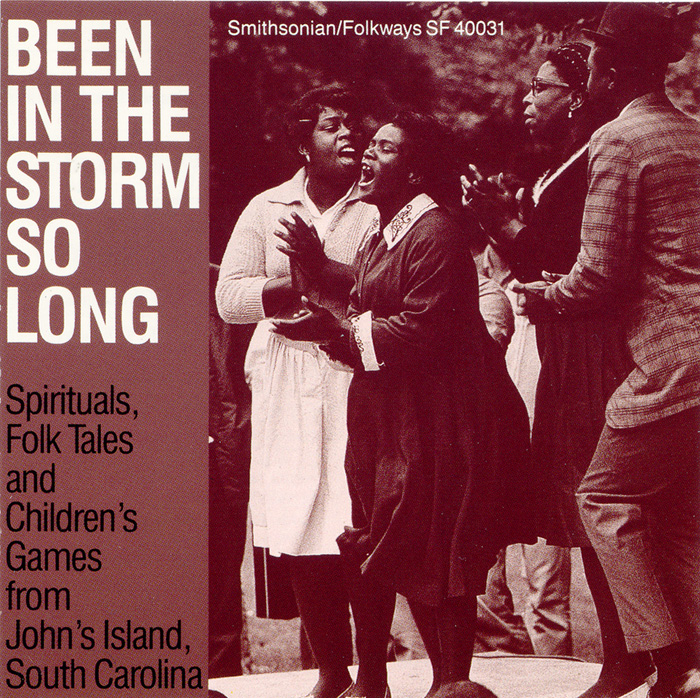
“That's All Right”
from Been in the Storm So Long: A Collection of Spirituals, Folk Tales and Children's Games from Johns Island, SC (1990) | SFW40031
“Johnny Cuckoo”
“Improvised Blues”
Lesson Segments:
- Gimme de Knee Bone Bent (National Standards 1, 9)
- Gullah Speech and Dialect (National Standards 6, 9)
- Johnny Cuckoo (National Standards 1, 6)
- Gullah Blues (National Standards 1, 2, 3, 6)
1. Gimme de Knee Bone Bent
- Listen to recording
- Keep rhythmic pulse of the song
- Sing melody line on neutral syllable
- Aurally discern and explore interlocking clapping pattern; clap along with recording
- Discuss history of the text:
- “One slave song that endured in the Gullah dialect exhorted dancers to ‘Gimme de knee bone bent.’ White masters probably heard this line as a compliant acceptance of the need for a Christian posture of prayer. But slaves themselves no doubt understood the phrase more fully as clear reinforcement of their own ancestors' values. Many West Africans believed that straightened knees, hips, and elbows epitomized death and rigidity, while flexed joints embodied energy and life. The bent knee bone symbolized the ability to ‘get down’” - PBS
- Learn call, response, and clapping parts aurally.
- Once parts are learned, alternate call, response and clapping parts through separate student groups.
Assessment:
Students can independently perform “Knee Bone” with call, response, and clapping parts.
2. Gullah Speech and Dialect
- Listen to “That’s All Right”
- First listening for familiarity
- Second listening, pay attention to lyrics that sound like English words but are perhaps a bit different
- Discuss and list which words sound like English words but may be different
- Borrowing words and sounds from the word chart (see below), learn how familiar English words are spoken in Gullah
Assessment:
After hearing an English word from the prepared list, are students able to say the same word in Gullah?
Common Gullah Words and their English Equivalents
Vocabulary Chart
|
GULLAH |
ENGLISH |
|
bud
|
birds
|
|
gal
|
girl
|
|
mammy
|
mother
|
|
tank you
|
thank you
|
|
dis
|
this
|
|
‘cept
|
except
|
|
gwine
|
going
|
|
ober yah
|
over here
|
|
dat
|
that
|
|
yessum
|
yes sir
|
|
fuss
|
first
|
|
lettle
|
little
|
|
smaat
|
smart
|
|
de
|
the
|
|
una
|
you
|
3. Johnny Cuckoo
- Listen to “Johnny Cuckoo.”
- Call students’ attention to the voice of the speaker.; for what occasion was this song sung? (After work, the children would go in the yard and “play ring plays”)
- Ask students how many voices they hear (There are two voices, the main singer and the child)
- Listen to the selection again and try to follow the melody on a neutral syllable
- Teach three verses by rote
- Teach ring-play game (similar to “Duck, Duck, Goose”)
- Students sit in a circle
- One student is “Johnny Cuckoo” and stands outside the circle
- As the students sing the first two verses, “Johnny Cuckoo” outside the circle walks around the outside
- As the students sing the beginning of the third verse, “Johnny Cuckoo” touches a student in the circle on the word “baby”
- The student chosen by “Johnny Cuckoo” has to chase him/her around the circle; if “Johnny Cuckoo” reaches the empty floor spot before the other student and sits, the student becomes the new “Johnny Cuckoo;” If “Johnny Cuckoo” is tagged before they sit in the empty spot, they remain “Johnny Cuckoo”
- Sing “Johnny Cuckoo” while playing the ring game
Assessment:
Students can independently sing all three verses of “Johnny Cuckoo” and play the ring-game.
4. Gullah Blues
- Listen to “Improvised Blues”
- Have students listen for repetitions; sing the tonic throughout the song
- Listen for thematic material in the lyrics; what is the singer singing about?
- Discuss the style of “the blues;” What kinds of things can you sing about?
- Teach 12-bar blues harmonic progression: I - I - I - I - IV - IV - II - V - IV - I
- Write progression on board
- Students play and repeat progression
- Demonstrate vocal improvisation over the 12-bar-blues pattern
- Students improvise melodically over the 12-bar-blues pattern
- Students can use either syllables or words
- Use some of the ideas discussed earlier to create a “story” for your class’s blues composition
Assessment:
Students can play the 12-bar-blues pattern and are able to participate in simple, vocal improvisation.



